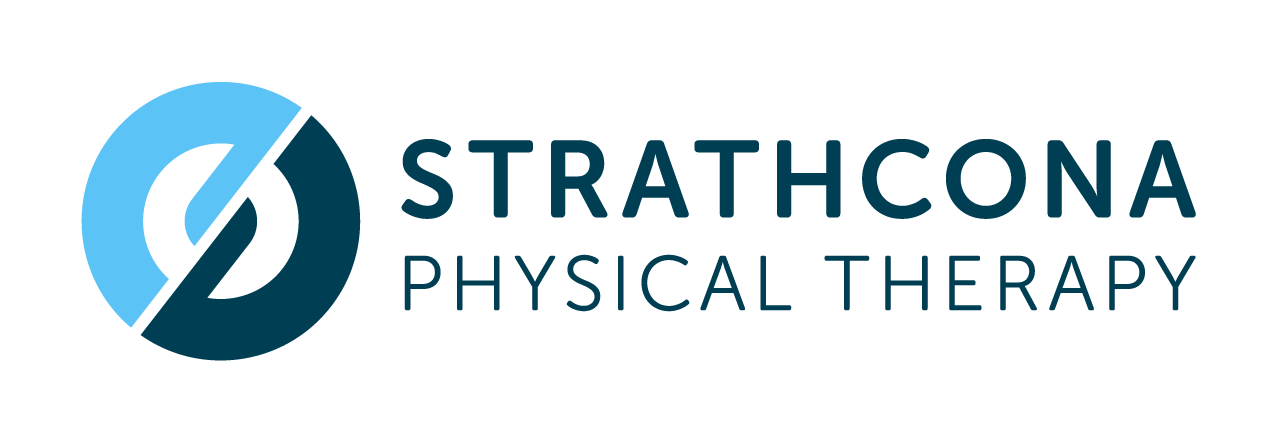Understanding and Combatting Seasonal Affective Disorder
Introduction
Seasonal Affective Disorder (SAD) is a type of depression that occurs at a specific time of year, usually in the winter, when sunlight exposure is limited. This condition affects millions of people around the world, bringing about a myriad of symptoms that can significantly impair daily functioning. This blog post aims to shed light on the nature of Seasonal Affective Disorder, elucidating its causes, symptoms, and treatment options, with the goal of empowering readers to combat this condition effectively.
Understanding Seasonal Affective Disorder
Causes:
The exact cause of SAD is unknown, but it's believed to be related to the lack of sunlight during the fall and winter months. This lack can lead to:
A drop in serotonin levels, affecting mood.
An imbalance in melatonin levels, affecting sleep patterns and mood.
Disruption in the body’s internal clock (circadian rhythms), affecting the sleep-wake cycle.
Symptoms:
The symptoms of SAD can be varied and might include:
Persistent low mood or depression
Loss of interest or pleasure in normal everyday activities
Irritability
Feelings of despair, guilt, or worthlessness
Low energy and sleepiness during the day
Difficulty sleeping or oversleeping
Craving for carbohydrates and weight gain
Combatting Seasonal Affective Disorder
1. Light Therapy:
Light therapy, or phototherapy, is one of the most common and effective treatments for SAD. It involves exposure to a bright light that mimics natural sunlight, helping to regulate mood and improve symptoms.
2. Psychotherapy:
Cognitive Behavioral Therapy (CBT) is a type of talk therapy that can be effective in treating SAD. It helps individuals identify and change negative thought patterns and behaviors associated with the depression and can teach coping mechanisms.
3. Medication:
In some cases, medication like antidepressants may be required to manage the symptoms of SAD. Selective Serotonin Reuptake Inhibitors (SSRIs) are commonly prescribed for this condition.
4. Lifestyle Changes:
Regular exercise, a balanced diet, and adequate sleep are crucial in managing SAD symptoms. Outdoor activities and exposure to natural light can also be beneficial.
5. Vitamin D Supplementation:
Since the lack of sunlight can lead to a deficiency in Vitamin D, supplementation can be an essential part of managing SAD.
6. Mindfulness and Relaxation Techniques:
Mindfulness meditation, yoga, and deep-breathing exercises can help in reducing stress and are considered beneficial as adjunctive treatments for SAD.
Preventive Measures
Stay Active: Regular physical activity can help boost mood and improve overall well-being.
Maintain Social Connections: Being around loved ones and maintaining a strong social support network is crucial.
Manage Stress: Developing healthy stress-management techniques can help prevent the onset of symptoms.
Prioritize Sleep: Establishing a regular sleep schedule can help maintain a balanced mood.
Conclusion
Seasonal Affective Disorder is a formidable condition that affects many during the darker months of the year, but understanding its origins and symptoms is the first step in managing it effectively. By adopting a combination of treatments, such as light therapy, psychotherapy, medication, and lifestyle changes, individuals can mitigate the impact of this disorder and maintain a better quality of life during the winter months. Remember, it's vital to consult with healthcare providers or mental health professionals for an accurate diagnosis and treatment plan tailored to individual needs. The journey might be challenging, but overcoming SAD is possible with the right knowledge and support.
For those struggling with Seasonal Affective Disorder, it’s crucial to remember that support is available, and reaching out for help is a positive step towards better mental health.
Reference:
Rosenthal, N. E. (1984). Seasonal affective disorder. A description of the syndrome and preliminary findings with light therapy. Archives of General Psychiatry, 41(1), 72-80.
Lam, R. W., & Levitan, R. D. (2000). Pathophysiology of seasonal affective disorder: a review. Journal of Psychiatry & Neuroscience, 25(5), 469.
Wirz-Justice, A. (2003). Chronobiology and psychiatry. Sleep Medicine Reviews, 7(6), 457-467.
Mayo Clinic. (2020). Seasonal affective disorder (SAD). Retrieved from https://www.mayoclinic.org/diseases-conditions/seasonal-affective-disorder/symptoms-causes/syc-20364651
National Institute of Mental Health. (2016). Seasonal Affective Disorder. Retrieved from https://www.nimh.nih.gov/health/topics/seasonal-affective-disorder/index.shtml
Golden, R. N., Gaynes, B. N., Ekstrom, R. D., Hamer, R. M., Jacobsen, F. M., Suppes, T., ... & Nemeroff, C. B. (2005). The efficacy of light therapy in the treatment of mood disorders: a review and meta-analysis of the evidence. American Journal of Psychiatry, 162(4), 656-662.
St. John's Wort. (2017). National Center for Complementary and Integrative Health. Retrieved from https://nccih.nih.gov/health/stjohnswort/sjw-and-depression.htm
